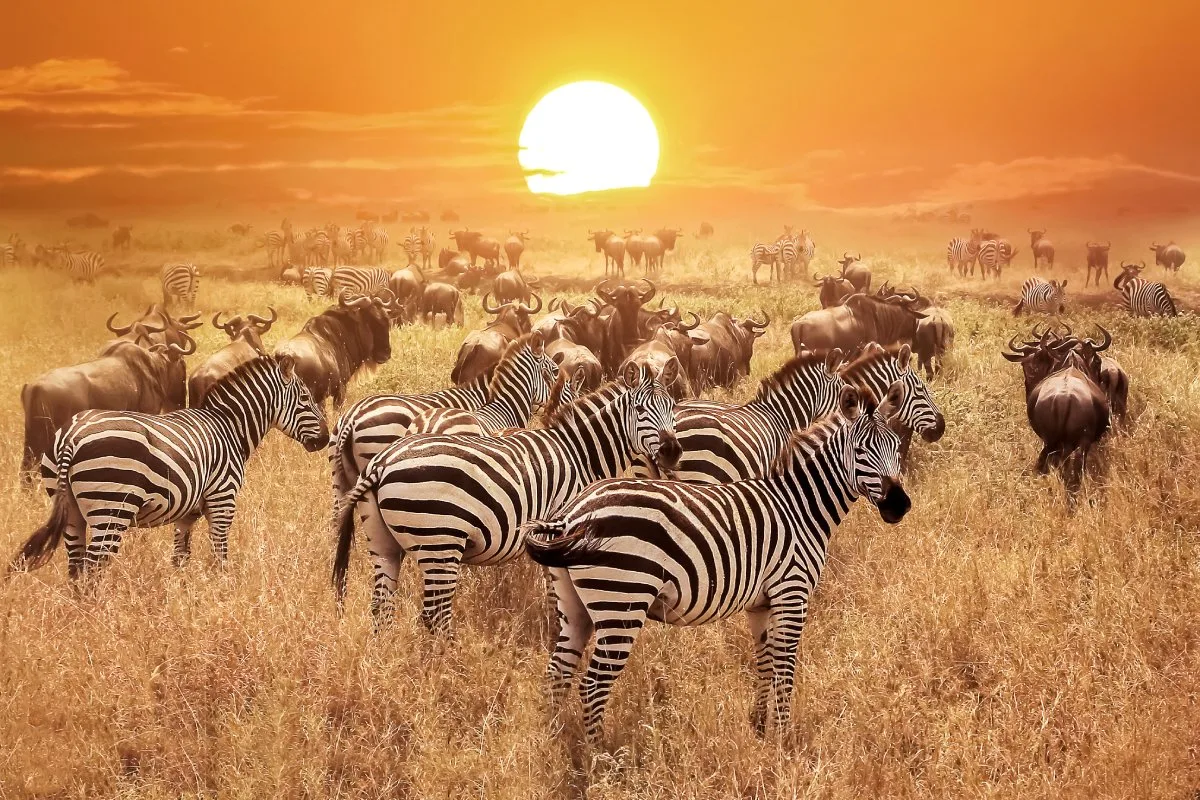Serengeti National Park, a UNESCO World Heritage site in Tanzania, is a symbol of African wildlife conservation. Known for its vast savannahs, the park is home to the great wildebeest migration and diverse wildlife. This comprehensive guide will lead you through the best experiences Serengeti has to offer, providing insider tips to enhance your journey.
1. The Great Wildebeest Migration
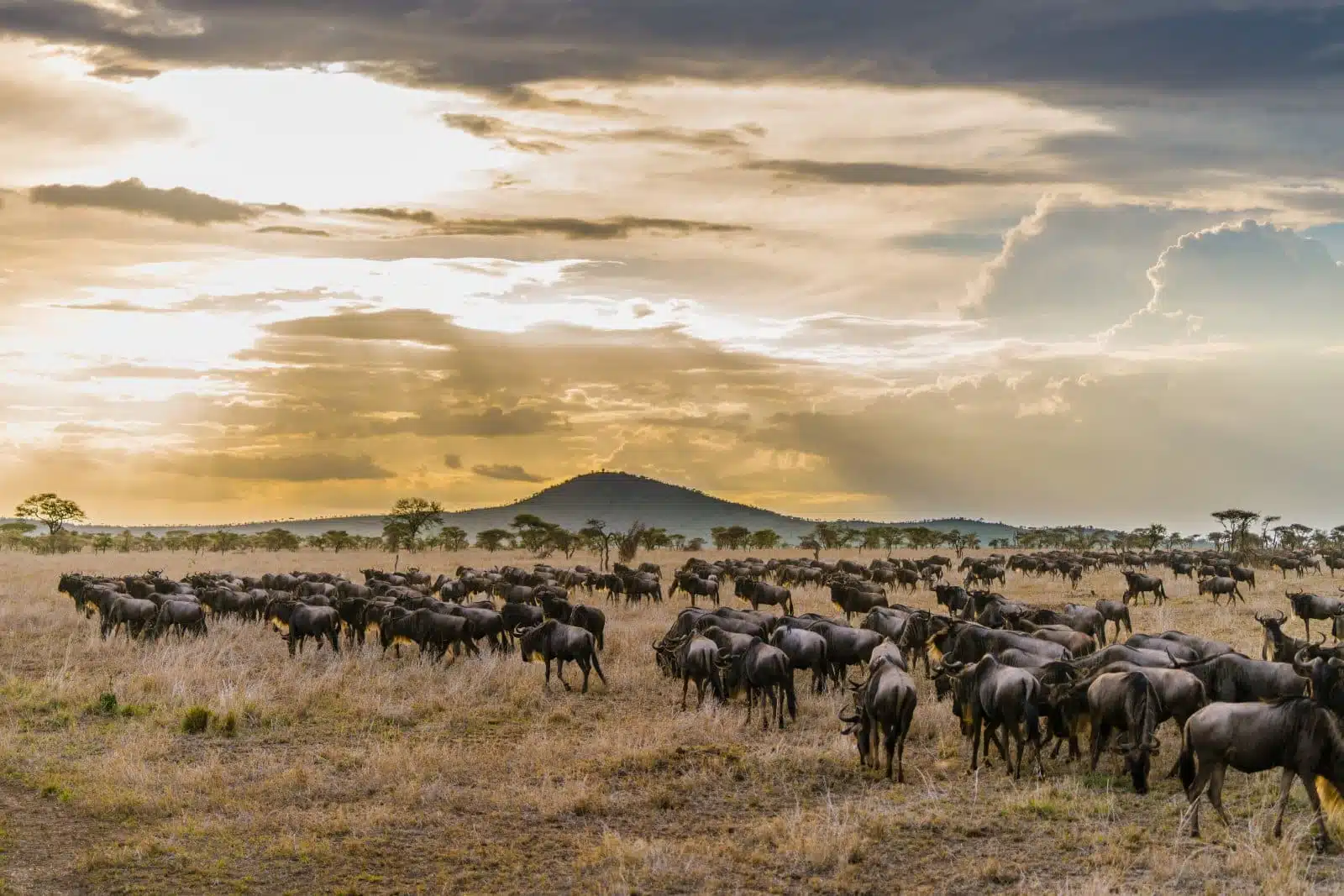
Image Credit: Shutterstock / DongDongdog
The Great Wildebeest Migration in the Serengeti is an awe-inspiring natural phenomenon, marking one of the most significant wildlife events on the planet. Over a million wildebeest, alongside zebras and gazelles, embark on a relentless journey through the Serengeti ecosystem, driven by ancient instincts to find fresh grazing and water. This migration is characterized by its sheer scale and the dramatic challenges the migrating herds face, particularly during perilous river crossings where aquatic and terrestrial predators lurk. Witnessing this event provides a profound insight into the unscripted drama of the natural world. As an observer, you are privy to moments of triumph and tragedy, encapsulating the raw essence of survival in the African wilderness.
Insider’s Tip
Opt for a hot-air balloon ride for an unparalleled aerial view of the migration.
When to Travel
The migration is year-round, but river crossings typically occur between July and September.
How to Get There
Fly to Kilimanjaro International Airport, then a domestic flight to Seronera Airstrip in the Serengeti.
2. Predators of the Serengeti
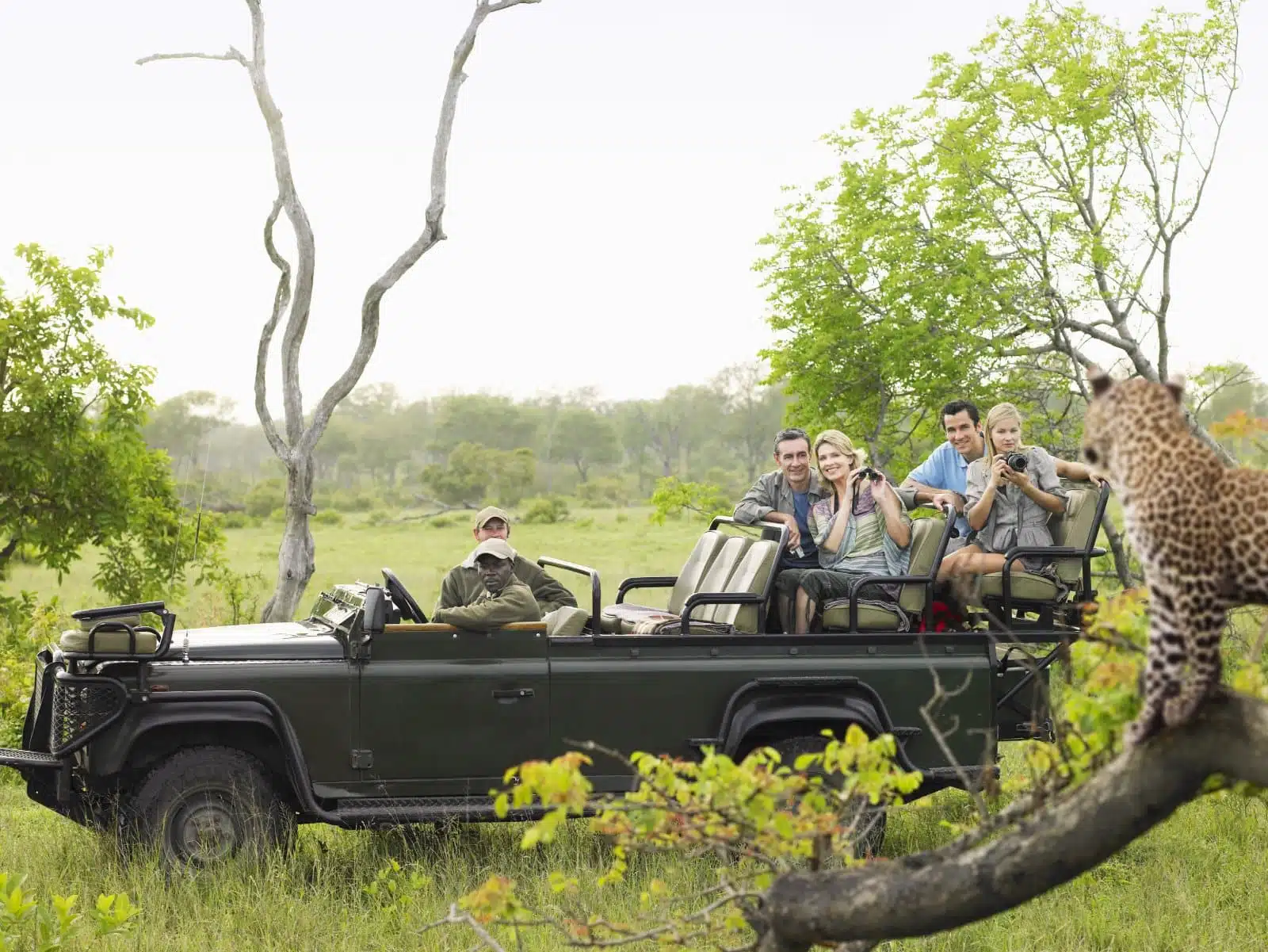
Image Credit: Shutterstock / sirtravelalot
The Serengeti is a stronghold for Africa’s most iconic predators. This vast landscape is a prime setting for observing lions, leopards, cheetahs, and hyenas in their natural habitat. The region of Seronera, in particular, is celebrated for its exceptional predator sightings. Here, you can observe the dynamics of lion prides, the stealth of leopards, and the strategic hunting techniques of cheetahs. Witnessing these predators in action, whether during a hunt or nurturing their young, offers an unfiltered glimpse into their complex lives. The experience is about the thrill of the sighting and understanding the role these apex predators play in maintaining the ecological balance of the Serengeti.
Insider’s Tip
Early morning game drives offer the best chance to see predators in action.
When to Travel
The dry season (June to October) is best for visibility year-round.
How to Get There
Access is through the Seronera Airstrip, with game drives organized by local lodges.
3. Ngorongoro Crater Conservation Area
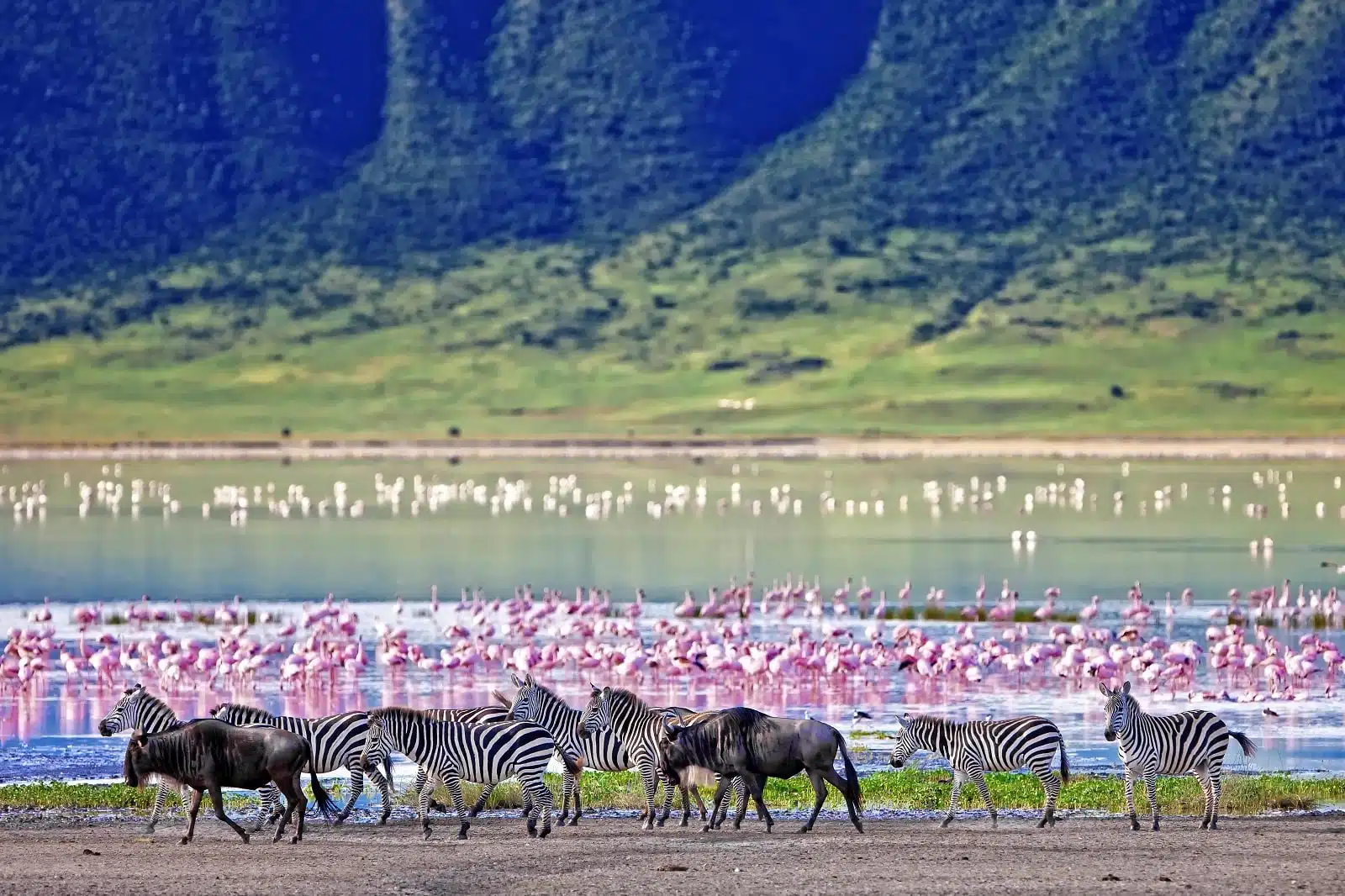
Image Credit: Shutterstock / Travel Stock
Adjacent to the Serengeti lies the Ngorongoro Crater, a breathtaking natural wonder. This massive volcanic caldera forms a distinct ecosystem with diverse habitats. It’s home to a dense concentration of wildlife, including the elusive black rhino, herds of wildebeest, zebra, and a healthy population of lions. The crater floor, with its verdant plains, acacia forests, and soda lakes, offers an unparalleled safari experience. The Ngorongoro Crater is a wildlife retreat and a porthole into the geological history of the Earth, its towering walls providing a backdrop of dramatic landscapes that are both ancient and ever-changing.
Insider’s Tip
Visit in the early morning to avoid crowds and spot nocturnal animals returning from hunting.
When to Travel
Year-round; however, the dry season provides better wildlife viewing.
How to Get There
Drive from Arusha or fly to Lake Manyara Airstrip, followed by a drive to the crater.
4. Birdwatching in the Serengeti
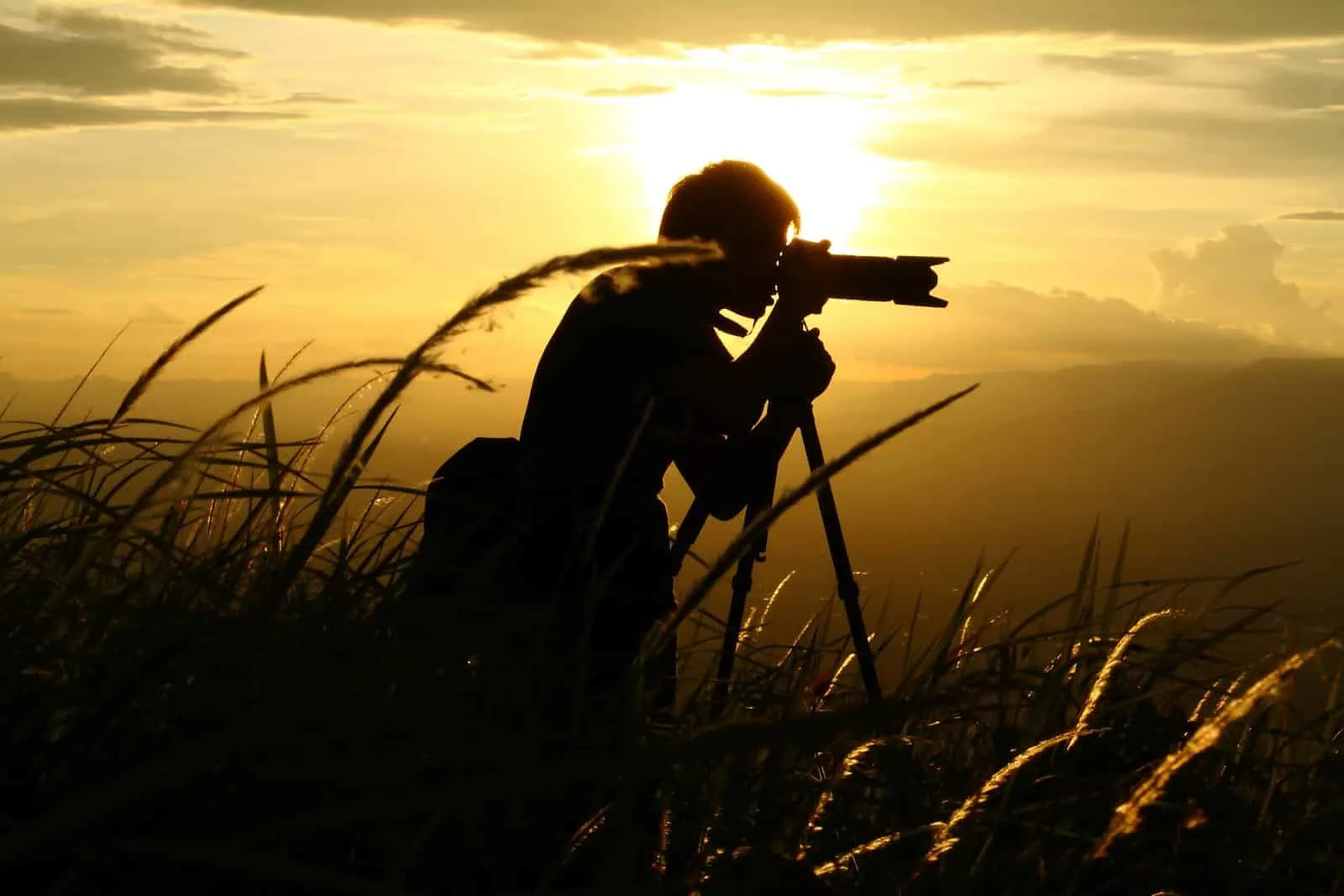
Image Credit: Shutterstock / bundit jonwises
For bird enthusiasts, the Serengeti offers an avian paradise. The park is a habitat for over 500 bird species, ranging from the commonly seen African fish eagles and vultures to the more elusive species like the Kori bustard and Secretary bird. The varied ecosystems within the park – from savannahs to riverine forests – create ideal conditions for birdwatching. Each area within the Serengeti offers a different birding experience, whether observing migratory birds around the wetlands or spotting endemic species in the dense foliage. The experience is as educational as it is delightful, providing a deeper understanding of avian life and its crucial role in the ecosystem.
Insider’s Tip
Bring a high-quality zoom lens for bird photography.
When to Travel
November to April, during the migratory season.
How to Get There
Fly to Seronera Airstrip and arrange guided birdwatching tours through your lodge.
5. Maasai Cultural Experience
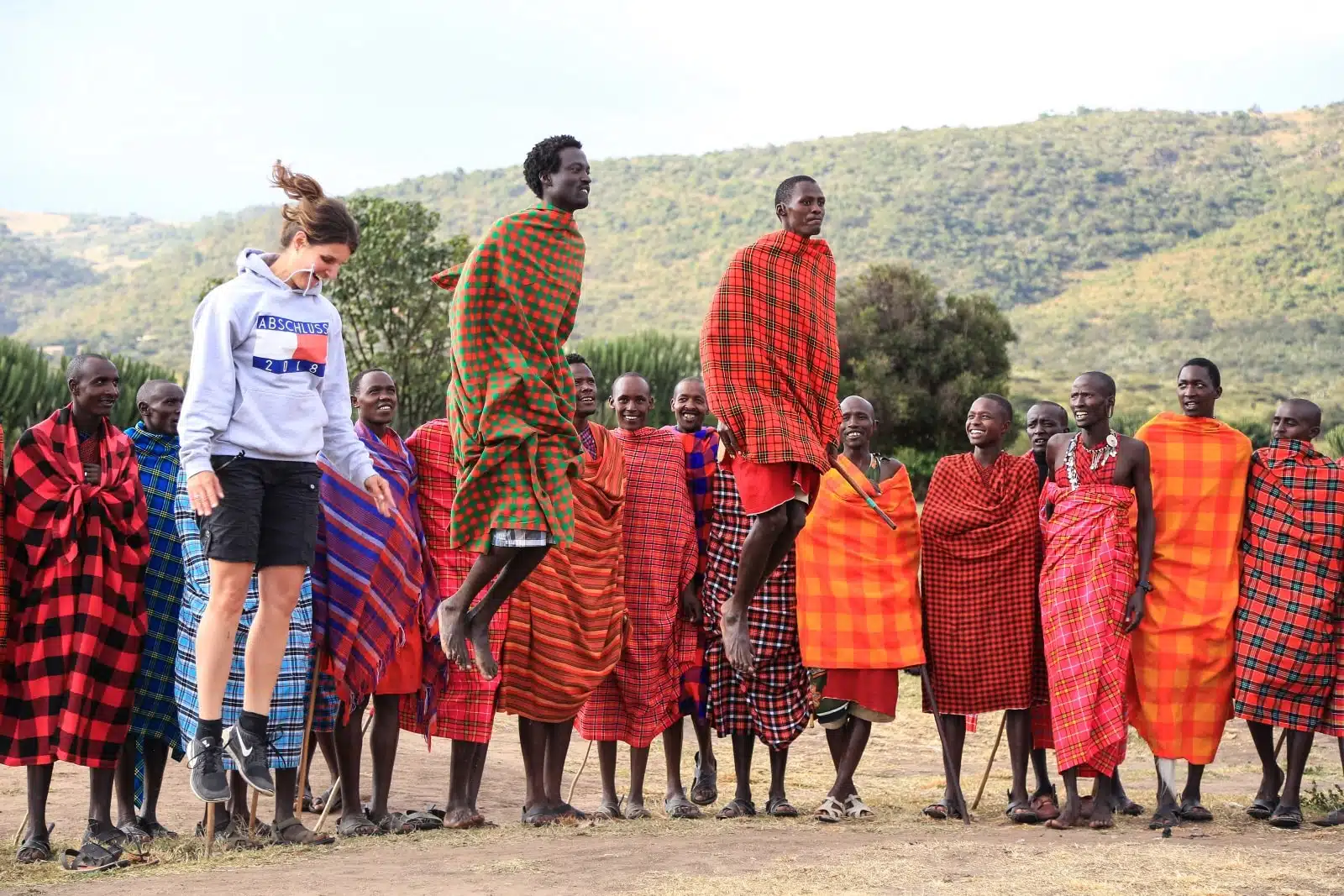
Image Credit: Shutterstock / padchas
The Maasai people, with their rich cultural heritage, have been an integral part of the Serengeti landscape for centuries. Engaging with the Maasai offers a unique cultural immersion. Visits to Maasai villages allow you to witness their traditional way of life, unchanged for generations. Participating in a Maasai dance, learning about their pastoral lifestyle, and observing their skilled beadwork provide a rare glimpse into a culture deeply connected to the land and its wildlife. This cultural exchange is about observing and understanding and respecting a way of life that has coexisted with Africa’s wildlife in a delicate balance.
Insider’s Tip
Participate in a traditional Maasai dance or craft-making session.
When to Travel
Year-round.
How to Get There
Most cultural tours are organized by lodges within or near the Serengeti.
6. Serengeti Walking Safaris

Image Credit: Shutterstock / hironaka
Walking safaris in the Serengeti offer a profoundly personal connection with the African bush. Escorted by experienced guides, these safaris allow for close encounters with the diverse flora and fauna of the park. The pace is slower, the senses heightened, and the experience more immersive. Walking in the footsteps of wildlife, tracking animals, and learning about medicinal plants offer a deeper understanding of the intricate connections within the Serengeti ecosystem. This intimate safari experience transcends the usual game drives, offering a unique perspective of the African wilderness.
Insider’s Tip
Wear comfortable, neutral-colored clothing to blend into the environment
When to Travel
The dry season, for safer walking conditions and better wildlife visibility.
How to Get There
Organize through lodges in Serengeti, with most starting points accessible by vehicle from your accommodation.
7. Luxury Camping
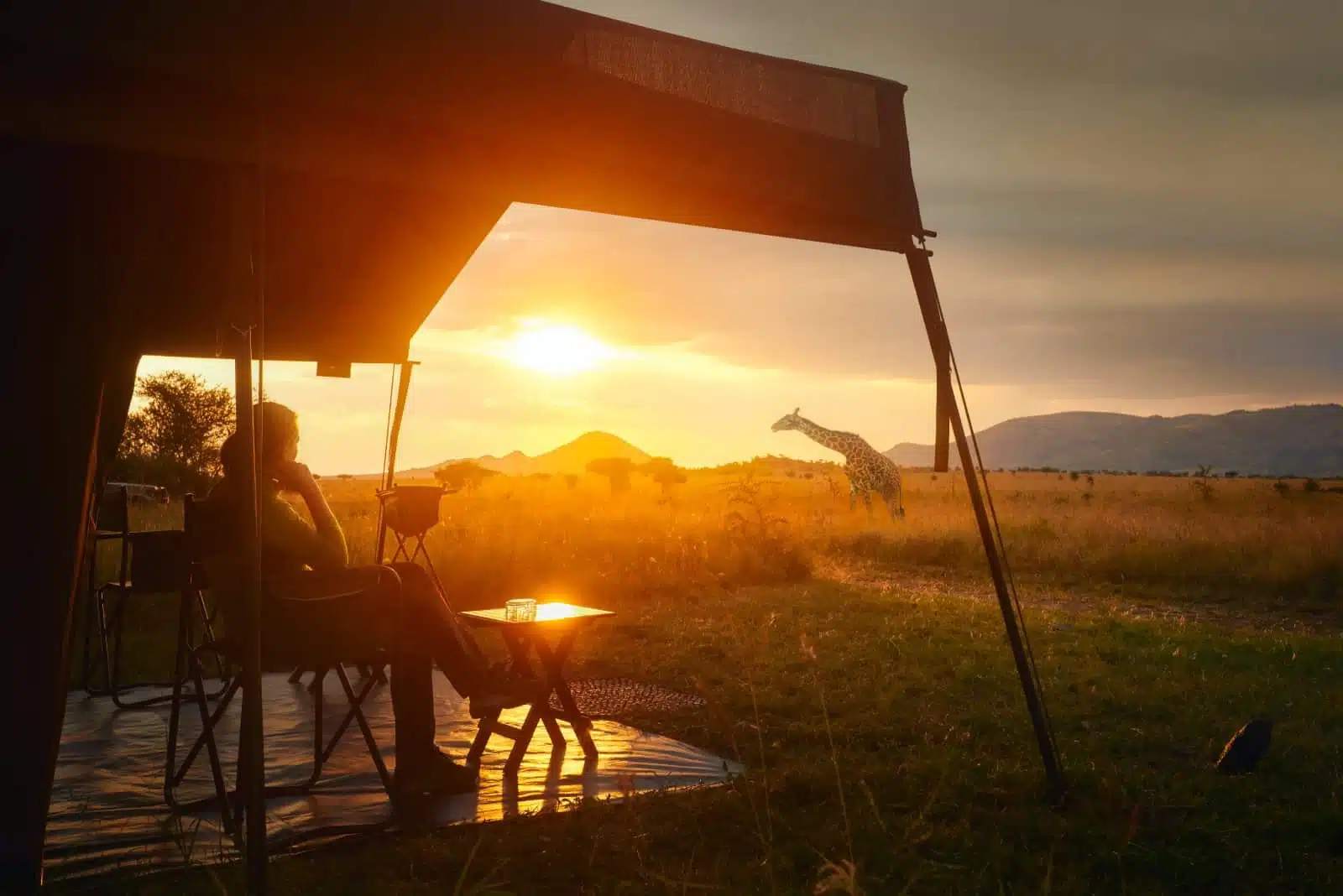
Image Credit: Shutterstock / soft_light
Luxury camping in the Serengeti combines the allure of the wild with the comforts of modern amenities. These camps are strategically located to offer the best wildlife viewing experiences, including being in the path of the great migration. The accommodation ranges from lavish tents with en-suite bathrooms to exclusive lodges with private decks overlooking the savannah. The experience extends beyond the accommodation, with night drives and bush dinners under the stars, providing an enchanting way to experience the Serengeti’s nocturnal life and its vast, starlit skies.
Insider’s Tip
Book a camp that moves with the migration for a unique experience.
When to Travel
Depends on the migration pattern if following the herds; otherwise, year-round.
How to Get There
Accessible via game drives organized by the camps, usually from the nearest airstrip.
8. Serengeti Balloon Safaris
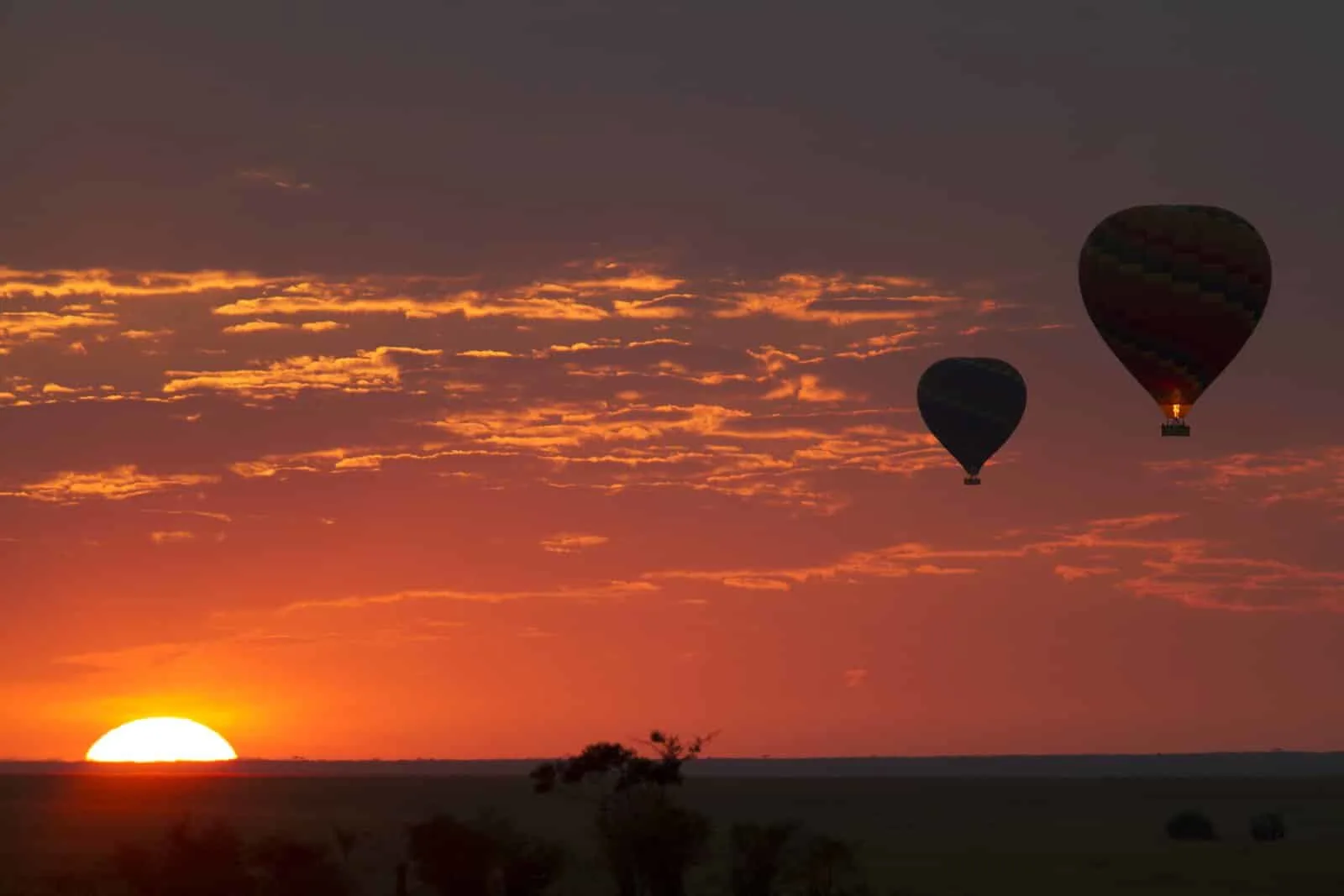
Image Credit: Shutterstock / Papa Bravo
A hot-air balloon safari in the Serengeti is an experience of a lifetime. Floating silently above the savannah at sunrise, you witness the park from a vantage point like no other. The balloon’s path, dictated by the morning breezes, offers a tranquil and panoramic view of the sprawling Serengeti below. From this aerial perspective, the scale and beauty of the park are truly appreciated, revealing patterns of movement and life that are invisible from the ground. The flight culminates in a traditional champagne breakfast in the bush, a fitting end to an unforgettable journey.
Insider’s Tip
Book well in advance as these popular safaris have limited capacity.
When to Travel
Year-round, with clearer skies during the dry season.
How to Get There
Most balloon safaris launch near the Seronera region, accessible from nearby lodges.
9. Kopjes Exploration
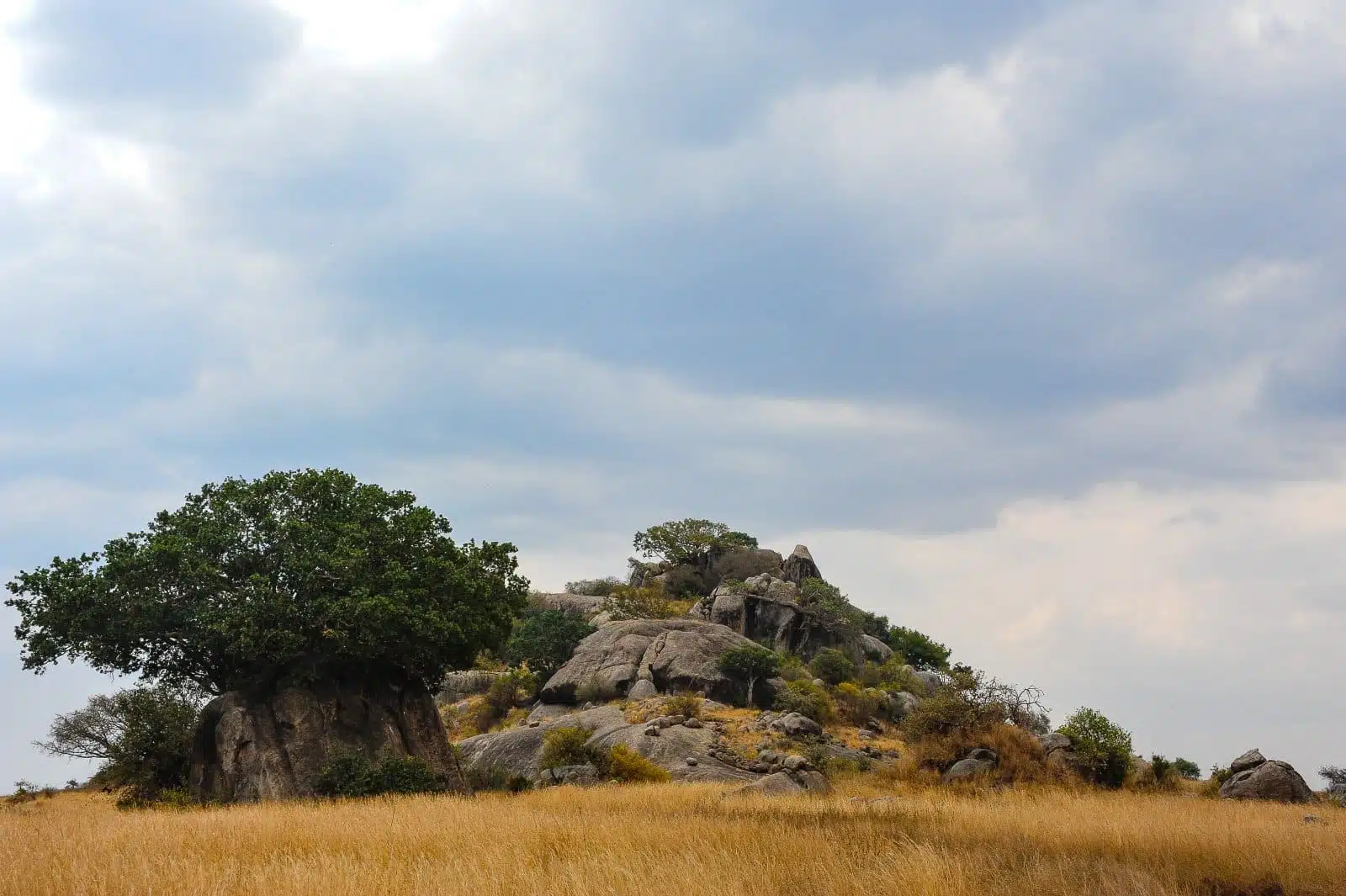
Image Credit: Shutterstock / Linda_K
Kopjes, ancient granite rock formations scattered across the Serengeti, are islands of biodiversity. These outcrops provide various wildlife habitats, including reptiles, birds, and mammals. Exploring these kopjes allows you to observe creatures like agile rock hyraxes, colorful agama lizards, and lions basking on the warm rocks. The kopjes also offer some of the most picturesque landscapes in the park, with sweeping views of the surrounding plains, making them ideal spots for wildlife observation and photography.
Insider’s Tip
Visit during the late afternoon when animals are more active.
When to Travel
Year-round, with better accessibility during the dry season.
How to Get There
Accessible by game drives from any Serengeti lodge or camp.
10. Photography Workshops
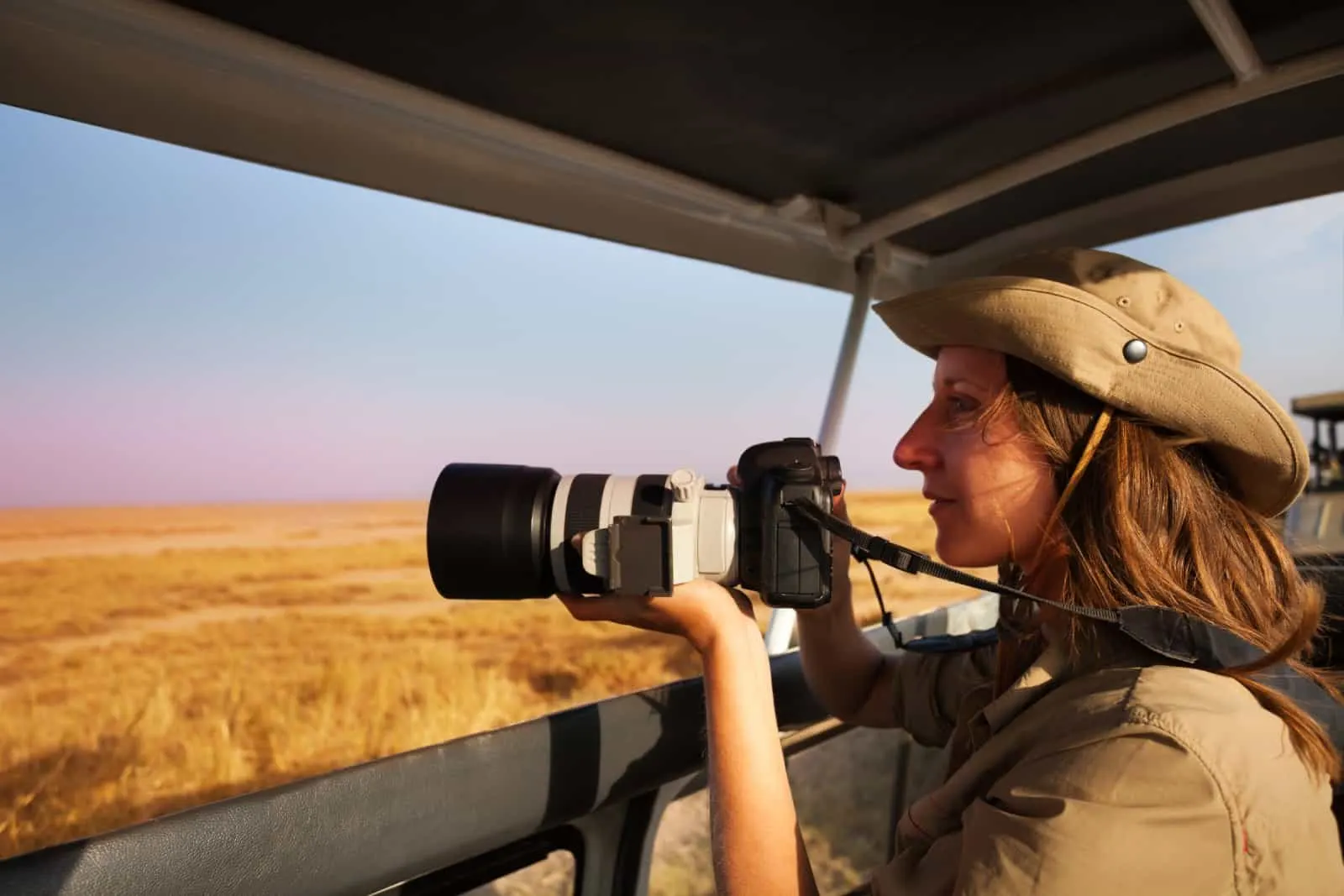
Image Credit: Shutterstock / Sergey Novikov
Photography workshops in the Serengeti cater to both amateur and professional photographers. Under the guidance of experienced professionals, these workshops focus on capturing the essence of the Serengeti through the lens. They provide practical tips on wildlife photography, from mastering light and composition to understanding animal behavior for the perfect shot. These workshops enhance your photography skills and deepen your appreciation of the Serengeti’s landscapes and inhabitants.
Insider’s Tip
Ensure you have extra memory cards and batteries.
When to Travel
Year-round, though the dry season offers better light and visibility.
How to Get There
Workshops are typically arranged by lodges or tour companies in the Serengeti.
The Bottom Line
As you embark on your journey to the Serengeti National Park, embrace the opportunity to connect with nature and wildlife in one of the world’s most iconic landscapes. Your experiences here, whether witnessing the great migration, capturing the perfect photograph, or learning from the Maasai are spectacular moments in travel and allow you to understand and appreciate the delicate balance of our natural world. Remember, your travels contribute to the conservation of this extraordinary ecosystem.
More From The Green Voyage
Top 10 Trending Travel Destinations 2024
6 Essential Banking Apps for International Travel – Managing Your Finances on the Go
Traveling With Kids – 10 Tips to Create Memorable Family Holidays
The post Serengeti National Park 2024 – The 10 Best Adventures first appeared on The Green Voyage.
Featured Image Credit: Shutterstock / Delbars.
For transparency, this content was partly developed with AI assistance and carefully curated by an experienced editor to be informative and ensure accuracy.
Tips for Trip Success
Book Your Flight
Find an inexpensive flight by using Kayak, a favorite of ours because it regularly returns less expensive flight options from a variety of airlines.
Book Your Hotel or Special Accommodation
We are big fans of Booking.com. We like their review system and photos. If we want to see more reviews and additional booking options, we go to Expedia.
You Need Travel Insurance!
Good travel insurance means having total peace of mind. Travel insurance protects you when your medical insurance often will not and better than what you get from your credit card. It will provide comprehensive coverage should you need medical treatment or return to the United States, compensation for trip interruption, baggage loss, and other situations.Find the Perfect Insurance Plan for Your Trip
